Increasing Demand for Clean Energy
The power gas market is experiencing a notable shift towards cleaner energy sources, driven by heightened environmental awareness and regulatory pressures. As the U.S. government implements stricter emissions standards, the demand for natural gas as a transitional fuel is likely to rise. In 2025, natural gas is projected to account for approximately 40% of the U.S. electricity generation mix, reflecting its role in reducing carbon emissions compared to coal. This transition is further supported by investments in renewable energy technologies, which often rely on natural gas for backup generation. Consequently, the power gas market is positioned to benefit from this increasing demand for cleaner energy solutions, as utilities seek to balance reliability with sustainability.
Shifts in Energy Policy and Regulation
Shifts in energy policy and regulation are pivotal drivers impacting the power gas market. The Biden administration's focus on transitioning to a low-carbon economy has led to the introduction of policies that favor natural gas as a bridge fuel. In 2025, federal incentives for natural gas infrastructure development and carbon capture technologies are expected to stimulate investment in the power gas market. Additionally, state-level regulations promoting renewable energy integration further influence market dynamics. These policy shifts may create a more favorable environment for natural gas, positioning it as a key player in the U.S. energy landscape while addressing climate change concerns.
Infrastructure Development and Upgrades
The power gas market is significantly influenced by ongoing infrastructure development and upgrades across the United States. Aging pipelines and processing facilities necessitate substantial investments to enhance safety and efficiency. The U.S. Energy Information Administration (EIA) indicates that over $100 billion is expected to be invested in natural gas infrastructure by 2030. This investment is crucial for meeting the growing demand for natural gas, particularly in urban areas where consumption is surging. Enhanced infrastructure not only facilitates the distribution of natural gas but also supports the integration of renewable energy sources, thereby strengthening the overall power gas market. As infrastructure projects progress, they are likely to create new opportunities for market participants.
Market Volatility and Price Fluctuations
The power gas market is subject to inherent volatility and price fluctuations, influenced by various factors such as supply-demand dynamics, geopolitical tensions, and weather patterns. In November 2025, natural gas prices are expected to remain volatile, with forecasts suggesting potential price ranges between $3 and $6 per million British thermal units (MMBtu). This volatility can impact the profitability of power generation companies and influence their operational strategies. Additionally, the power gas market must navigate these fluctuations while ensuring stable supply to consumers. Companies that effectively manage risk and adapt to changing market conditions may gain a competitive edge in this unpredictable environment.
Technological Innovations in Extraction and Processing
Technological innovations in extraction and processing are reshaping the power gas market landscape. Advances in hydraulic fracturing and horizontal drilling have significantly increased the availability of natural gas resources in the U.S., leading to a surge in production levels. The EIA reports that U.S. natural gas production reached approximately 100 billion cubic feet per day (Bcf/d) in 2025, largely due to these technological advancements. Furthermore, improvements in processing technologies enhance the efficiency of natural gas extraction, reducing costs and environmental impacts. As these innovations continue to evolve, they are likely to bolster the power gas market by ensuring a reliable supply of natural gas to meet growing energy demands.


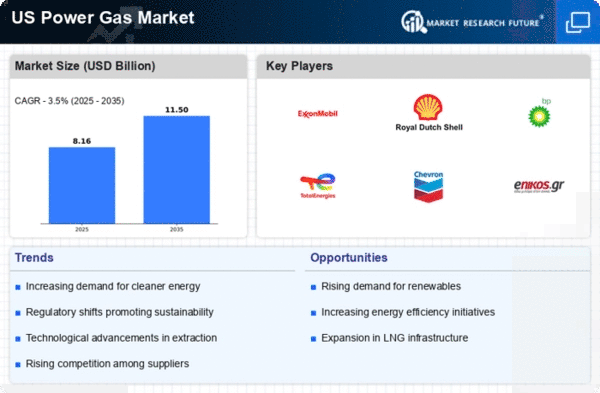

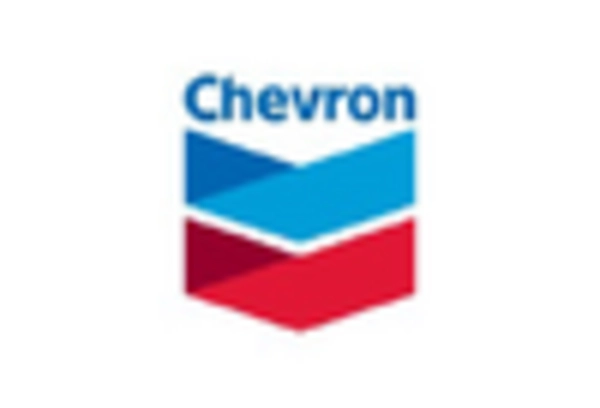

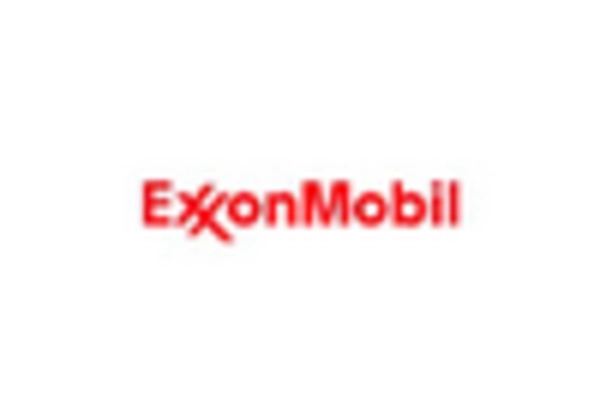
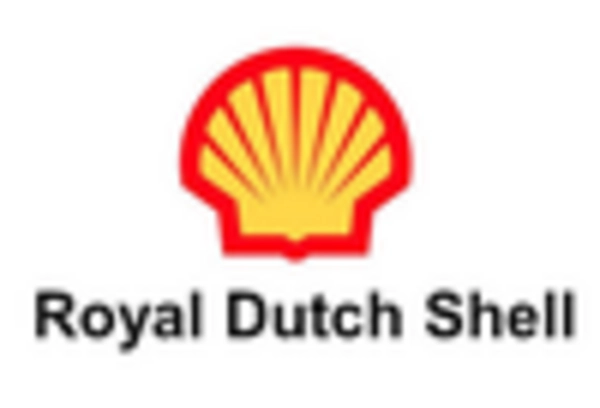
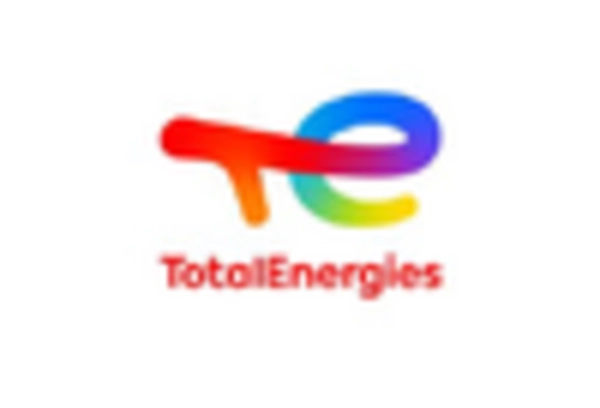








Leave a Comment